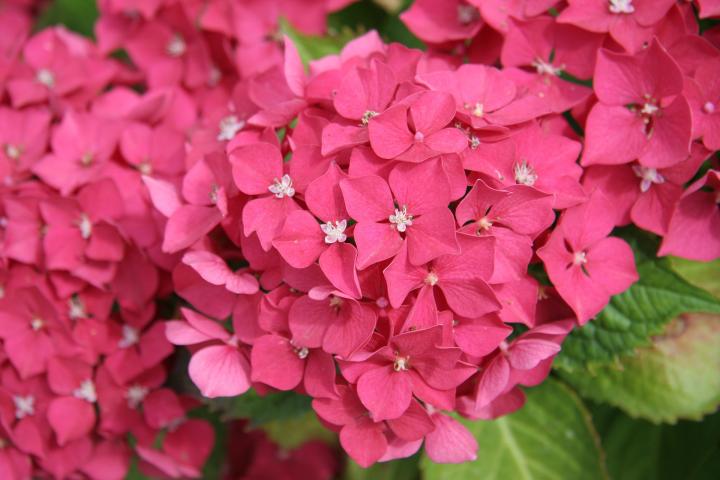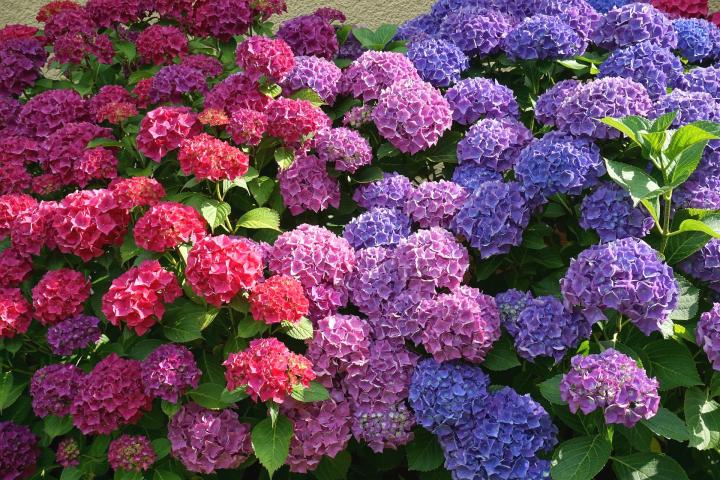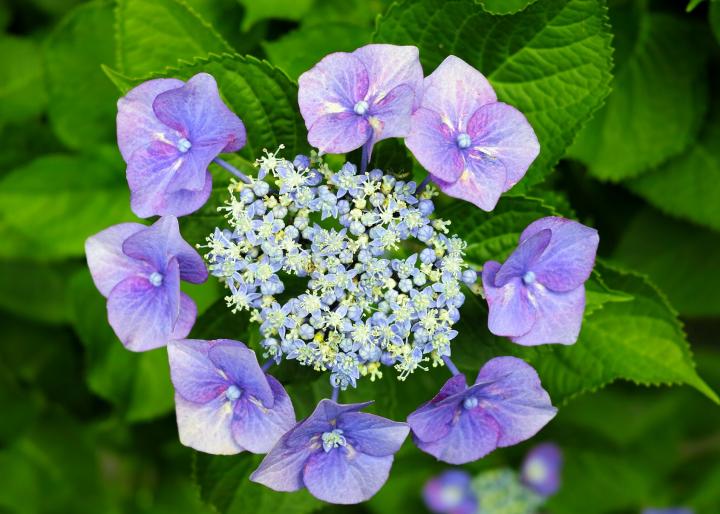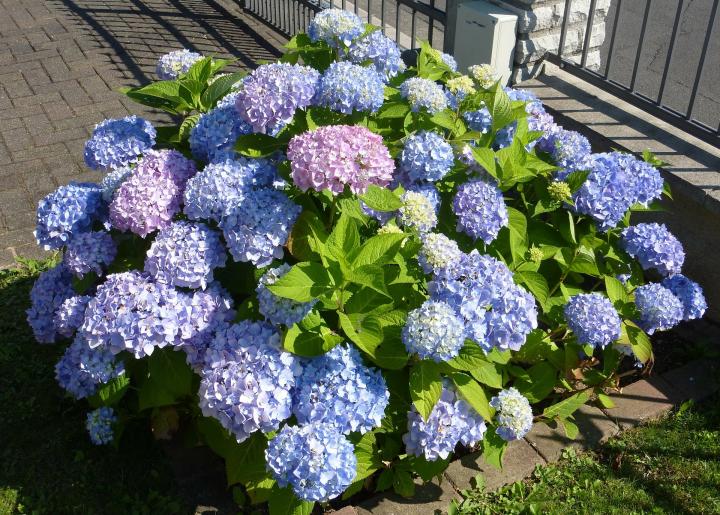
Also receive the Almanac Daily newsletter including gardening tips, weather, astronomical events, and more.
Planting, Growing, and Pruning Hydrangeas
ADVERTISEMENT
wHEN PRUNING IN FALL DO YOU CUT OFF ALL THE LEAVES ON STEMS
Root bound hydrangea please tell me how to replant into the ground.
It is in a pot but not doing well.
I live in New Zealand temperate climate.
My Endless Summer hydrangea bloomed beautifully until the polar vortex winter several years ago. It still grows and has lovely healthy foliage, but it won’t bloom no matter what I try. Should I just take it out and plant a different one?
My plant has black spots on the leaves what do I need to do.
Black spots on hydrangea leaves may be caused by a number of diseases by fungal, bacterial, and viral pathogens. Common diseases include the Cercospora leaf spot (a fungal disease common in moist conditions) and Anthracnose (a fungal disease which also favors high humidity or precipitation). Remove infected leaves and all plant debris, including fallen leaves, regularly throughout the growing season. Remove any nearby weeds. Prune out any dead/diseased branches, and be sure to disinfect any tools that you use to prune, etc. Provide good air circulation and drainage and avoid overhead watering. Fungicides may help as an early application in spring when symptoms first appear, but would not help this late in the season. Check with your local Cooperative Extension https://www.almanac.com/cooperative-extension-services for advice for the best fungicides to use for your area and purpose. Here’s an article on anthracnose, in case it helps: https://www.almanac.com/pest/anthracnose.
We planted 3 macrophylla, may not be spelled right, lol with big green leaves. The nursery & tag says shade. I set up a sun shade and water every other day making sure the soil is wet to depth off one inch but not soaking wet. My problem is the leaves are curling or spotting a light tan color. It still has a lot of green but I fear it's spreading. What is the problem and how can I take care of it?
My hydrsndra looked sad so I cut it way back would I be best to did it up
Plant new one in spring .
My stems were rot Tom could break off with my hands. Feedback please
Thank you
Are you watering the roots or leaves? Water on leaves may cause curling or sun can burn leaves with water on them.
I bought a hydrangea plant that was obviously a rooted cutting (it was very inexpensive!) and had 2 stems coming off of it. Within a week one stem withered and died, but the other is doing fine, so I have a flourishing single stem hydrangea plant. Is there a way to persuade it to branch out horizontally?
Marci-
After your hydrangea has flowered, you can prune the stem back about halfway. This will encourage new growth and for the bush to branch out.













